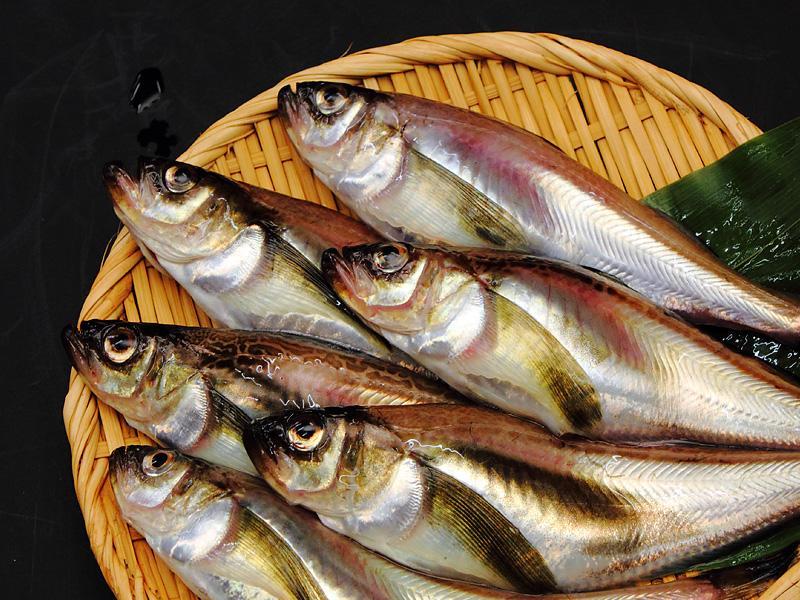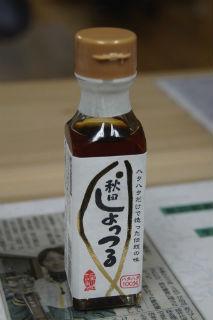Japan, in a number of ways, exemplifies the rise, fall and rise of fish sauce in parts of Asia.
It isn't known exactly how fish sauce arrived in East Asia. There are claims it was brought by the Romans to China. Alternatively, it could have been developed independently. Or both.
Whatever, it was certainly a major sauce in parts of China, which introduced it to Japan and Korea. In the 14th century, soy sauce started to oust it and by the 16th century fish sauce was almost extinct in those countries.
Only in recent years, has there been a revival, with small enterprises reviving old recipes and techniques. Interest, fuelled in part by tourism, is growing.
Today, the three major types of fish sauce in Japan are しょっつる (shottsuru), いしり (ishiri) / いしる ishiru and いかなご醤油 (ikanaga shoyo).
Shottsuru (しょっつる)
秋田 (Akita) is a relatively small city in the prefecture of the same name on the northwestern coast of Japan's largest island, 本州 Honshū.
The local fisherman's main catch was ハタハタ (hatahata), Japanese sandfish, Arctoscopus japonicus .

Hatahata - oganavi.com
Shottsuru made from hatahata was revived and put into production by around 1980. By the early 90s catches had declined dramatically due to overfishing and today most shottsuru is made using 鰯 (iwashi) - sardines. Hatahata populations have somewhat revived, but the fish is rarely consumed today.

Shottsuru - nihonmono.jp
Shottsuru is paler and milder than many fish sauces (as are most Japanese types) and can be used as a dip for おにぎり - onigiri rice balls, served with うどん - udon noodles, mixed into ラーメン - ramen, added to 炒め物 - stir-fries, etc.




